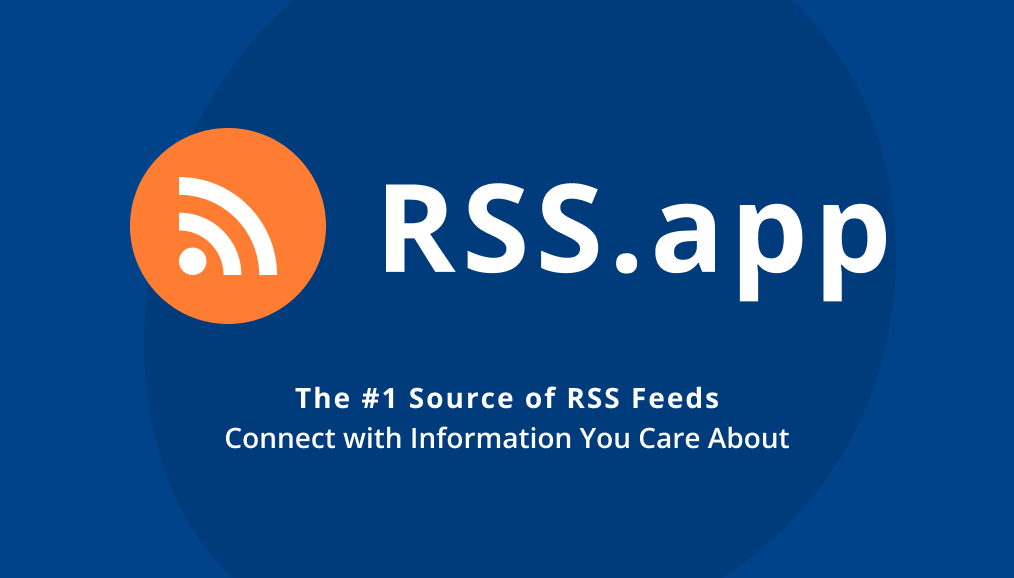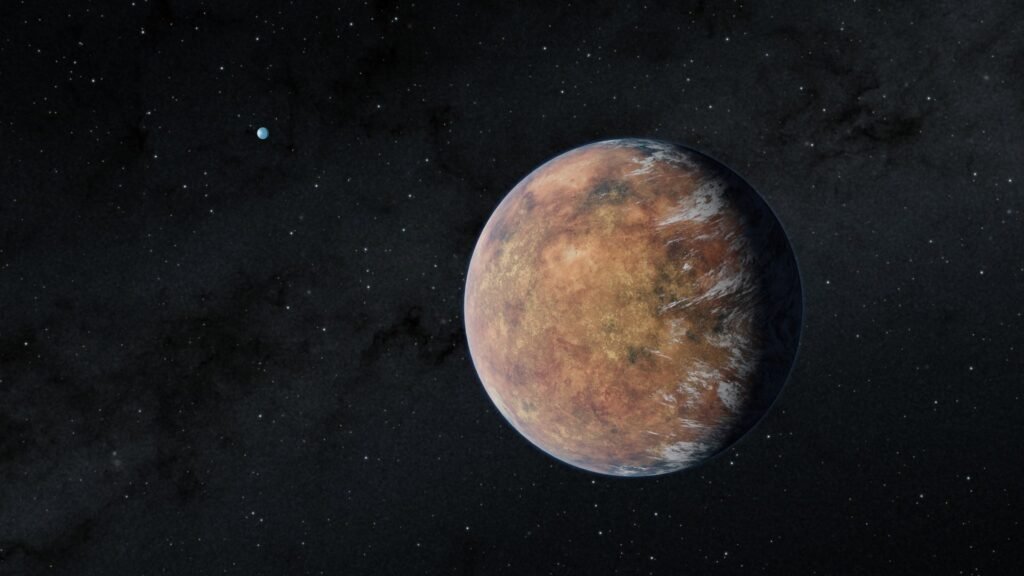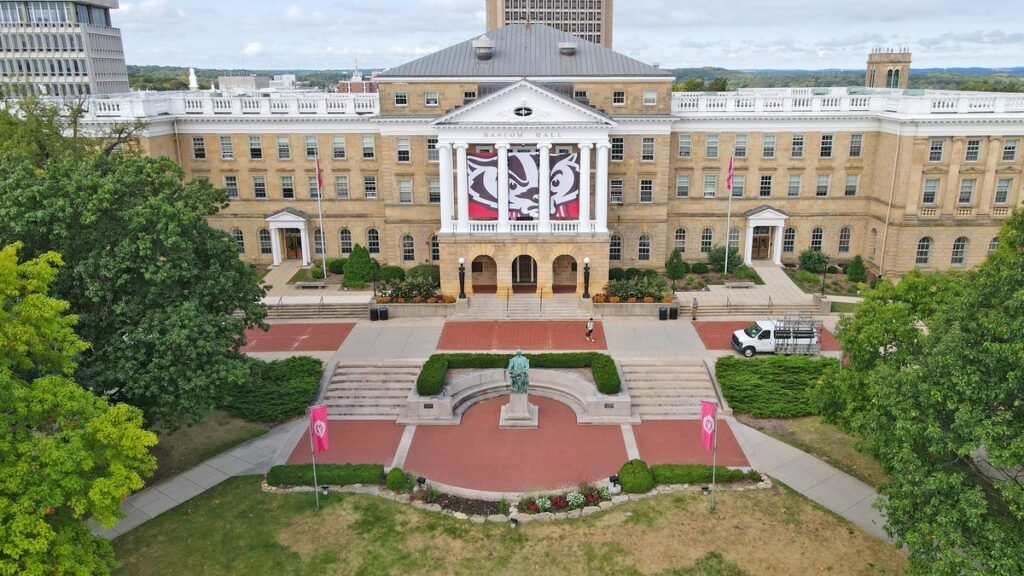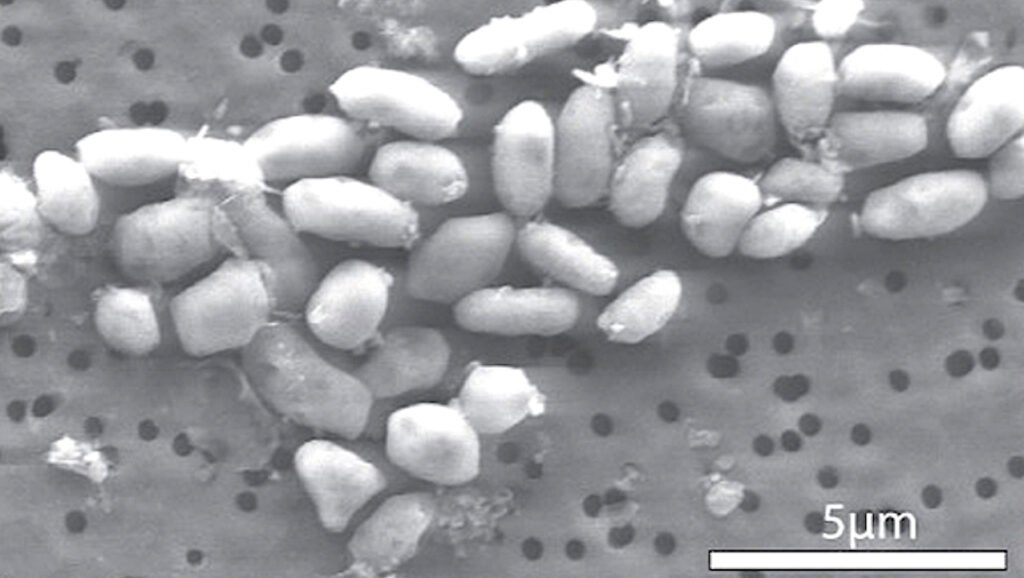The University of Wisconsin has been tied up with our state’s industries ever since Prof. Stephen Babcock invented 2% milk.
Jordan Ellenberg
| Special to Milwaukee Journal Sentinel
Cuts to health research could impact clinical studies and trials at the NIH
The Trump administration wants to cut health spending in the coming year, and plans to cut the budget at the National Institutes of Health by $18 billion.
- Federal budget cuts threaten funding for science and technology, impacting university research and potentially hindering innovation.
- Cuts to NIH and NSF funding could lead to the closure of university labs and negatively affect the development of new technologies and medicines.
- The partnership between academic science and industry has been crucial for American scientific leadership, and these cuts could jeopardize that relationship.
- Cuts to student visas could impact the influx of international students who contribute to university funding and the economy.
- The University of Wisconsin-Madison, a key player in research and innovation, faces challenges in fulfilling its mission due to potential budget cuts.
I’ve been getting email lately from our deans at the University of Wisconsin-Madison, where I’m a math professor, asking us to figure out ways to “do more with less.” Given the massive cuts to science and technology funding under the new federal budget, I get why they’re asking. But I think it’s better to be honest. Under this plan, we are going to do less with less, and that ought to worry everybody in Wisconsin.
President Trump’s budget cuts NIH funding by 40% and NSF funding by 60%. If it’s fully enacted, university labs that carry out fundamental research in every part of science will shut down by the hundreds. American tech, medicine and engineering is built on this foundation; scientists push the boundary of knowledge outwards, companies find ways to translate those new ideas into market-making products and our students here in Wisconsin work in those labs and develop their scientific chops.
New Wisconsin businesses are launched out of UW-Madison every year. Academic science is the fertilizer of the economy, in both senses of the word: it creates the soil where innovation can thrive, and some people who don’t know much about how things grow think it’s just a lot of manure.
University of Wisconsin-Madison’s ties to business go back to 2% milk
The University of Wisconsin has been tied up with our state’s industries ever since Prof. Stephen Babcock invented 2% milk. These days, UW scientists are helping farmers grow crops that are more resistant to heat and drought. Efficiency in government is a worthwhile goal; but I don’t think giving up on weatherproof corn and cures for genetic diseases are what Americans mean by that.
Opinion: Comparing Milwaukee crime with New York under Rudy Giuliani doesn’t hold water
Every breakthrough you care about, from Ozempic to electric cars to the Honeycrisp apple is built on ideas that come from research done in our universities, and is built by scientists trained in those universities. The Honeycrisp is a University of Minnesota product, much as I wish it were ours.
The collaboration between academic science and industry has been the American way for decades, through recessions and boom times, through Democratic and Republican administrations, and it’s made the United States the scientific leader of the world. Why would we break that streak now?
The U.S. is the scientific superpower, and UW and other public universities are its engine. And as the science superpower, we enjoy an incredible human trade surplus. The brightest, most ambitious young people all over the world aspire to come to the United States and specifically to Wisconsin, to study here, work here, settle and have kids here, and build our economy.
International students help make UW affordable for Wisconsin
Four things in Wisconsin that are truly known and respected around the whole world: Harley-Davidson, the Green Bay Packers, Miller Lite, and the University of Wisconsin. That worldwide brain drain is a massive competitive advantage for us. But it, too, is under threat, as the administration proposes to sharply cut and even revoke student visas.
Opinion: A Fourth of July list of grievances from overworked, unrepresented America
International students compete fiercely for the chance to come to UW-Madison and pay full tuition; that helps make it possible for middle-income Wisconsin kids to come here and pay no tuition at all. Under the administration’s plan, Wisconsin students get higher costs, fewer research opportunities, and more crowded classrooms. Nobody voted for this.
The University of Wisconsin has a public mission of research, scholarship, and teaching, and we’ll continue to carry out that mission, come what may. But let’s be straight – under this budget, we’ll do less of it. Is that the choice we want to make?
Jordan Ellenberg is the John D. MacArthur Professor of Mathematics at the University of Wisconsin-Madison.








